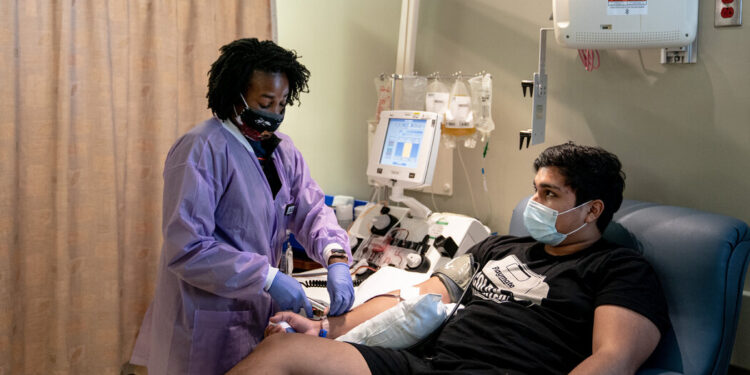Crédito: fuente
An emergency approval now would “change the way people view trials,” said Dr. Mila B. Ortigoza, an infectious disease specialist at N.Y.U. Langone Health who started a trial with colleagues at Montefiore Medical Center.
“We want to make sure that when we say it works, we are confident, with indisputable evidence,” she said. “We’re dealing with patients’ lives here.”
Unlike the malaria drugs, plasma, which has been used since the 1890s to treat infectious diseases, has earned the attention of a highly credentialed community of microbiologists and immunologists eager to prove its usefulness. The Mayo Clinic has already published analysis on tens of thousands of patients in its expanded access program showing that plasma is safe.
The most recent batch of data from the program included more than 35,000 Covid-19 patients, many of them in intensive care and on ventilators, and suggested that plasma administered within three days of a diagnosis reduced mortality rates. When calculated a month after the infusions, the death rate of patients who received plasma within three days of diagnosis was lower (21.6 percent) than it was for those who received plasma later (26.7 percent).
But the study did not have a control group of patients given a placebo to compare with those given plasma, making it difficult for scientists to assess whether the treatment really worked. And given the limited supply of plasma, it is not clear how realistic treating patients within three days of diagnosis would be.
The program’s enrollment has surged to more than 30 times as high as initially expected, complicating the ability of scientists to recruit sick patients to randomized trials.
It “ballooned to a degree that, you know, is becoming unmanageable,” Dr. Lane said.
Statisticians at the F.D.A. are now examining the Mayo data to better understand what factors other than the treatment might have influenced patient responses, such as higher-quality care in the hospital, Dr. Lane said.










